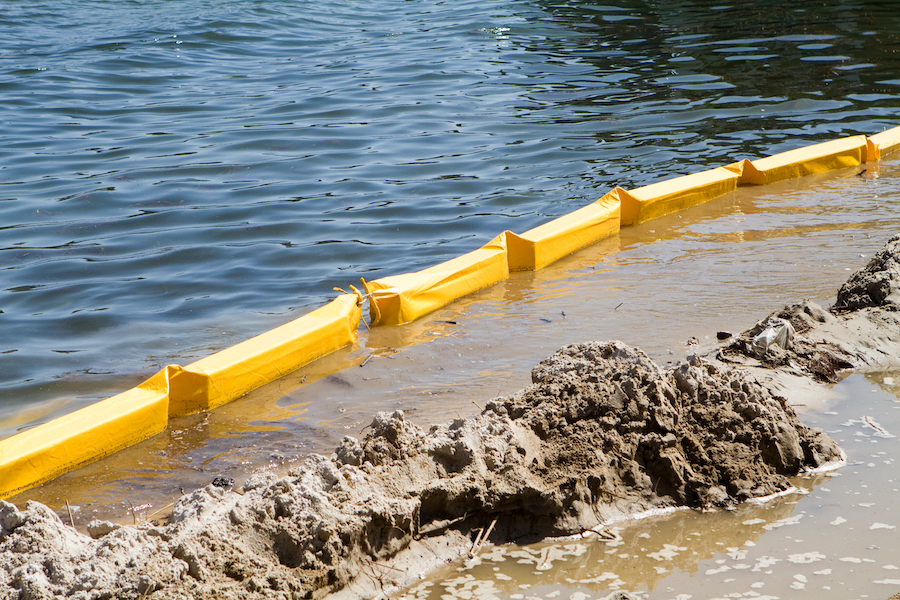Not known Factual Statements About Shore Protect Team
Table of ContentsWhat Does Shore Protect Team Mean?Shore Protect Team - An OverviewThe 4-Minute Rule for Shore Protect TeamShore Protect Team for BeginnersThe Shore Protect Team PDFsRumored Buzz on Shore Protect TeamThe 25-Second Trick For Shore Protect Team
Decline in residential or commercial property worth: As the area tourism is affected by disintegration, so after that is the economic situation. Purchasers are less likely to search for a beach home that could be damaged anytime by the upcoming flooding and erosion emergency. Consequently, residential or commercial property value can drop profoundly and influence the whole region.Whether a beach is just little and congested or has to close completely for the security of the ecosystem and neighboring properties, this greatly impacts tourist. In turn, local economic climates are influenced (https://smartdir.org/Shore-Protect-Team_347977.html). Threat of injury: The raised danger of flooding and structural failures creates a raised risk of injury to close-by vacationers and area participants

Shoreline stabilization is directly related to their job. Waterfront resorts: Due to the fact that coastline erosion impacts tourism, it affects the success of waterside hotels.
6 Simple Techniques For Shore Protect Team
This ultimately leads to closures and abandoned beachfront buildings. Coastal industrial services: No travelers suggests no service. For those services accommodating residents, their residential property goes to threat of damages from erosion and flooding. Coastal state parks: State parks that exist along coasts are at risk of damage. Not only to the manmade frameworks and residential or commercial properties on site, however also to the natural ecosystems that exist within.
Soft stablizing is a better service for the environment and even more sustainable overall. Tough stabilization uses manufactured frameworks as protection to regulate erosion. Usually, these structures are installed at right angles or parallel to quit sand activity and minimize the force of waves. A lot of types of difficult stabilization like seawalls and sheet steel are not optimal for shoreline stablizing.
Not known Facts About Shore Protect Team
There's also inadequate evidence of their effectiveness relying on the kind of coastline and regional conditions. Tough stablizing strategies often tend to be harder to install and do not match the all-natural visual, standing out like an aching thumb and damaging neighborhood communities in several circumstances. Beach sustenance is the process of adding lost sand and debris back to beaches after disintegration has actually taken place.
TrapBags aid in the process of beach nutrition by protecting all-natural communities and enabling plants to expand. While this process can be costly and is not irreversible, the pros tend to surpass the cons. TrapBag barriers deal numerous buildings that make them perfect for seaside and riverbank disintegration protection. They're: Eco friendly: You can make use of indigenous soil both to border and to fill the TrapBags.

The Basic Principles Of Shore Protect Team
They can likewise be mounted without any hefty equipment. Budget friendly: TrapBags are optimal for both tiny and big areas of shoreline.
Combined with a high building and construction price, this has brought about enhancing use of other soft design coastal administration options such as beach replenishment. Seawalls are constructed from different products, the majority of typically strengthened concrete, boulders, steel, or gabions. Other feasible construction products consist of vinyl, timber, aluminum, fiberglass composite, and naturally degradable sandbags constructed from jute and coir. The ideal seawall design depends on location-specific elements, including bordering disintegration processes. There are three major types of seawalls: vertical, bent, tipped, and mounds (see table below).
Natural obstacles, such as reef and mangrove woodlands, prevent the spread of tsunamis and the flow of seaside waters and minimized the flooding and rise of water. A cost-benefit method is an efficient method to figure out whether a seawall is ideal and whether the benefits deserve the expense.
The Only Guide to Shore Protect Team
A seawall is a fixed attribute which can contrast with the dynamic nature of the shore and hamper the exchange of sediment between land and sea. Advantages and drawbacks of seawalls according to Short (1999) Benefits Downsides Long term solution in contrast to soft coastline nutrition (https://justpaste.me/8M7q1).

This can cause coastlines to dissipate, providing them useless for coastline goers. Normally, seawalls can be a successful method to manage seaside erosion, but only if they are constructed well and out of materials that can stand up to the force of continuous wave energy.
The Best Guide To Shore Protect Team
The appropriate seawall design counts on location-specific aspects, consisting of surrounding disintegration processes. There are three main types of seawalls: upright, curved, stepped, and mounds (see table below).
All-natural barriers, such as coral reefs and mangrove woodlands, prevent the spread of tidal waves and the circulation of seaside waters and minimized the flood and surge of water. A cost-benefit method is an effective means to establish whether a seawall is proper and whether the benefits are worth the expense.
Shore Protect Team - An Overview
A seawall is a static feature which can contrast with the vibrant nature of the coastline and hinder the exchange of debris in between land and sea. Advantages and downsides of seawalls according to Short (1999) Advantages Disadvantages Lengthy term option in contrast to soft coastline nutrition.

This can create coastlines to dissipate, rendering them ineffective for beach goers. Normally, seawalls can be a successful method to control seaside erosion, yet just if they are built well and out of materials that can stand up to the force of ongoing wave energy. Some understanding is required of the coastal processes and morphodynamics details to the seawall location.